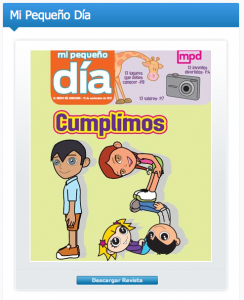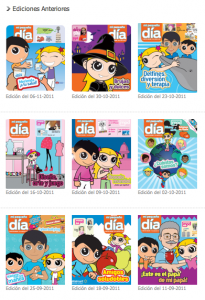 Yes, it’s another Barcelona post but nothing to do with football – promise!
Yes, it’s another Barcelona post but nothing to do with football – promise!
Last week when I was in Barcelona on a Comenius Regio visit, my colleague Jane and I hared around numerous sites in the city, collecting resources.
 One place we visited was the Zoo de Barcelona. Are all zoos the same, we wondered? Well, no! Whilst there were plenty of animals in common, this was nothing like Twycross (our local zoo) You could get very close to the animals (a little too close we felt in some cases – aren’t hippos and rhinos rather dangerous animals to be kept in enclosures with 2 foot high walls) and the information was in three languages – Catalan, Castillian (Spanish) and English. Hence I pootled around happily snapping signs to the amusement of anyone who saw me, ready for comparison of languages activities, guessing games and reading activities.
One place we visited was the Zoo de Barcelona. Are all zoos the same, we wondered? Well, no! Whilst there were plenty of animals in common, this was nothing like Twycross (our local zoo) You could get very close to the animals (a little too close we felt in some cases – aren’t hippos and rhinos rather dangerous animals to be kept in enclosures with 2 foot high walls) and the information was in three languages – Catalan, Castillian (Spanish) and English. Hence I pootled around happily snapping signs to the amusement of anyone who saw me, ready for comparison of languages activities, guessing games and reading activities.
 I also took plenty of animals pictures to fit into our creative learning journeys – Are you my Mummy? The Circle of Life. Big teeth. A walk on the wildside. The Blue Planet. And more. It’s amazing how many links you can come up with when faced with a near empty zoo and armed with a camera and a creative thinking colleague to ‘bounce’ off. We tried to get some footage/ images for Down Under but the kangaroos were uncooperative, lying on their backs in the sun and refusing to hop.
I also took plenty of animals pictures to fit into our creative learning journeys – Are you my Mummy? The Circle of Life. Big teeth. A walk on the wildside. The Blue Planet. And more. It’s amazing how many links you can come up with when faced with a near empty zoo and armed with a camera and a creative thinking colleague to ‘bounce’ off. We tried to get some footage/ images for Down Under but the kangaroos were uncooperative, lying on their backs in the sun and refusing to hop.
Anyhow, I’ve been thinking about these ideas and will be collecting the many pictures into folders and writing up some ideas for colleagues as well as giving them the opportunity to think for themselves given the footage and photos. And I had a look at the website to see what I could find.

Like the Zoo, it is tri-lingual and I LOVE IT! At last I’ve found a site in Spanish to rival the French Zoo Palmyre
There’s an interactive map that allows you to click on an animal silhouette and discover photos and information about that animal – scientific classification, habitat, how endangered it is and also a lovely chunk of writing about the animal too. And it’s all available in the three languages – great for Spanish teaching but also good so that the non-specialist who wants to use the Spanish version has a ‘safety net’ ;o)
Then there’s the Espacio Lúdico or recreational area where there are some fun games. One involves solving clues to find out to which animal the pawprints belong. Simple sentences that can be decoded with minimum help and a bit of previous knowledge of animals perhaps! And so easy to use in non discrete language lessons – which had be jumping up and down excitedly!
Other sections caught my attention such as the zoo rules, the history of the zoo and even the map of how to get there and the price list. Some people say I have a one track mind and never switch off from learning mode – I guess I do! And it doesn’t bother me much to be honest! If only there were enough hours in the day to explore all the ideas that come to mind in a place like that!
As we work on our ideas at school, I’ll try to share as many as I can here.
I’ll leave you with Copito de Nieve (Floquet / Snowflake), for many, the (sadly deceased) face of Barcelona Zoo. A powerful image and thought.























